European Drug Report 2025
5 Jun 2025 - 9 min read
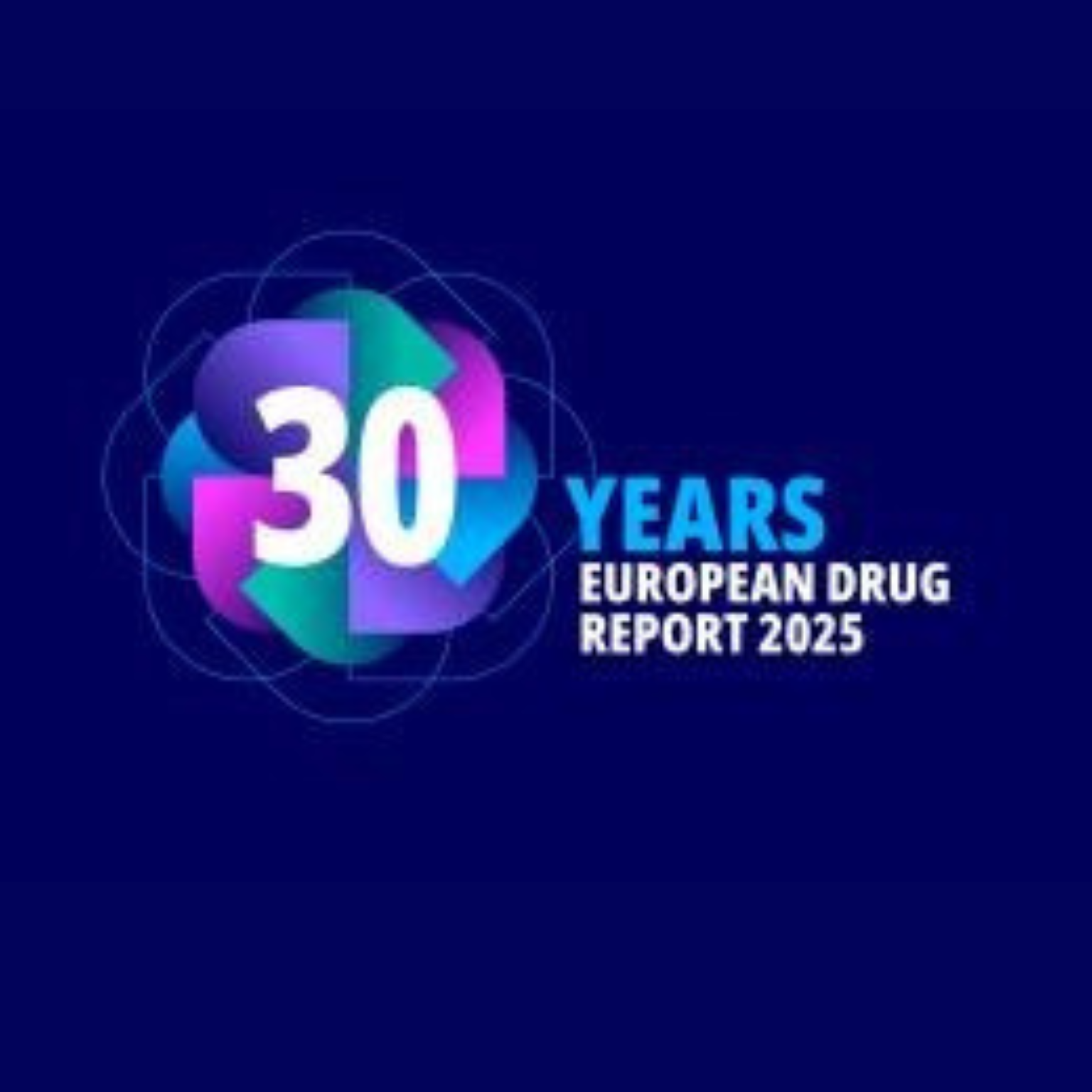
5 Jun 2025 - 9 min read

28 May 2025 - 4 min read
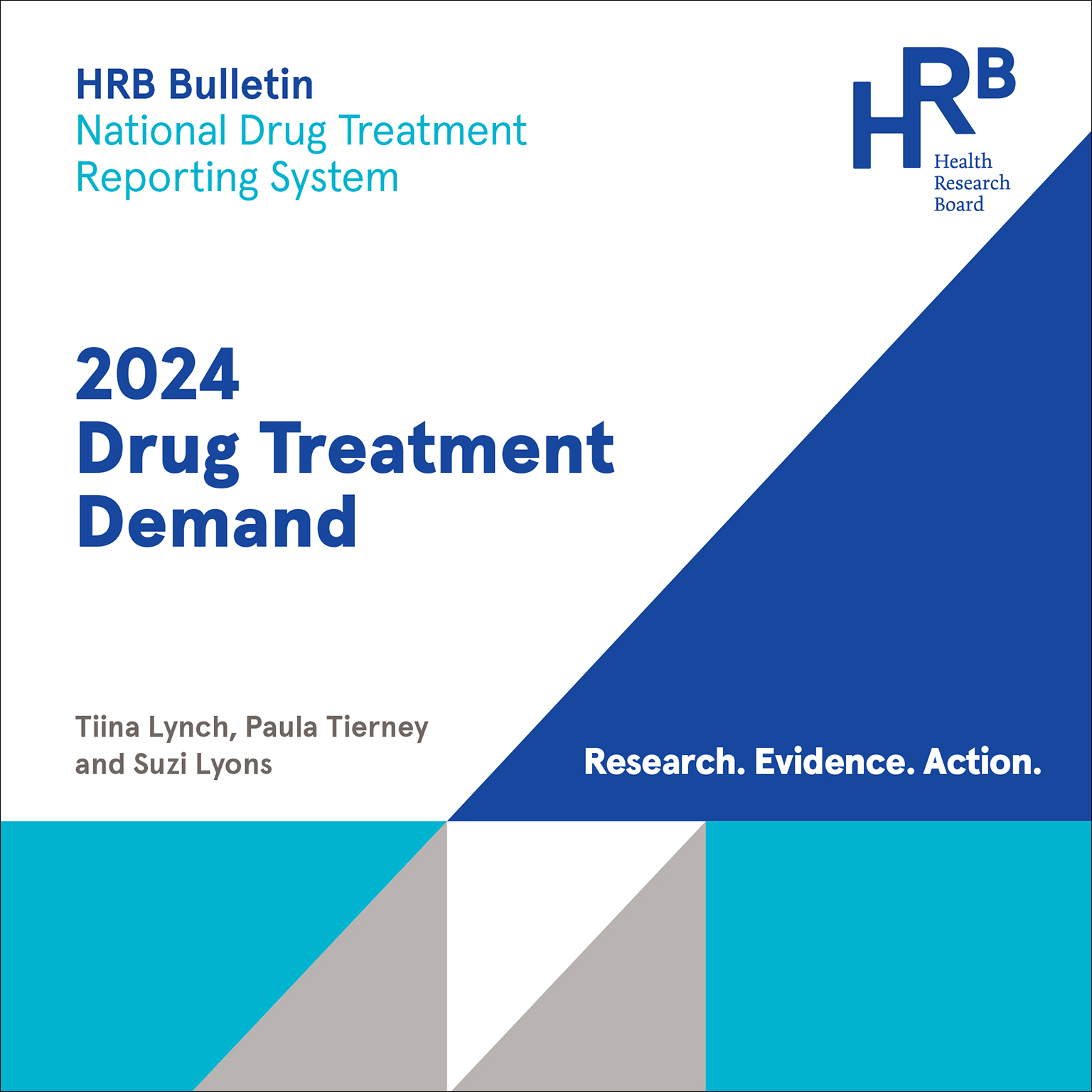
20 May 2025 - 4 min read
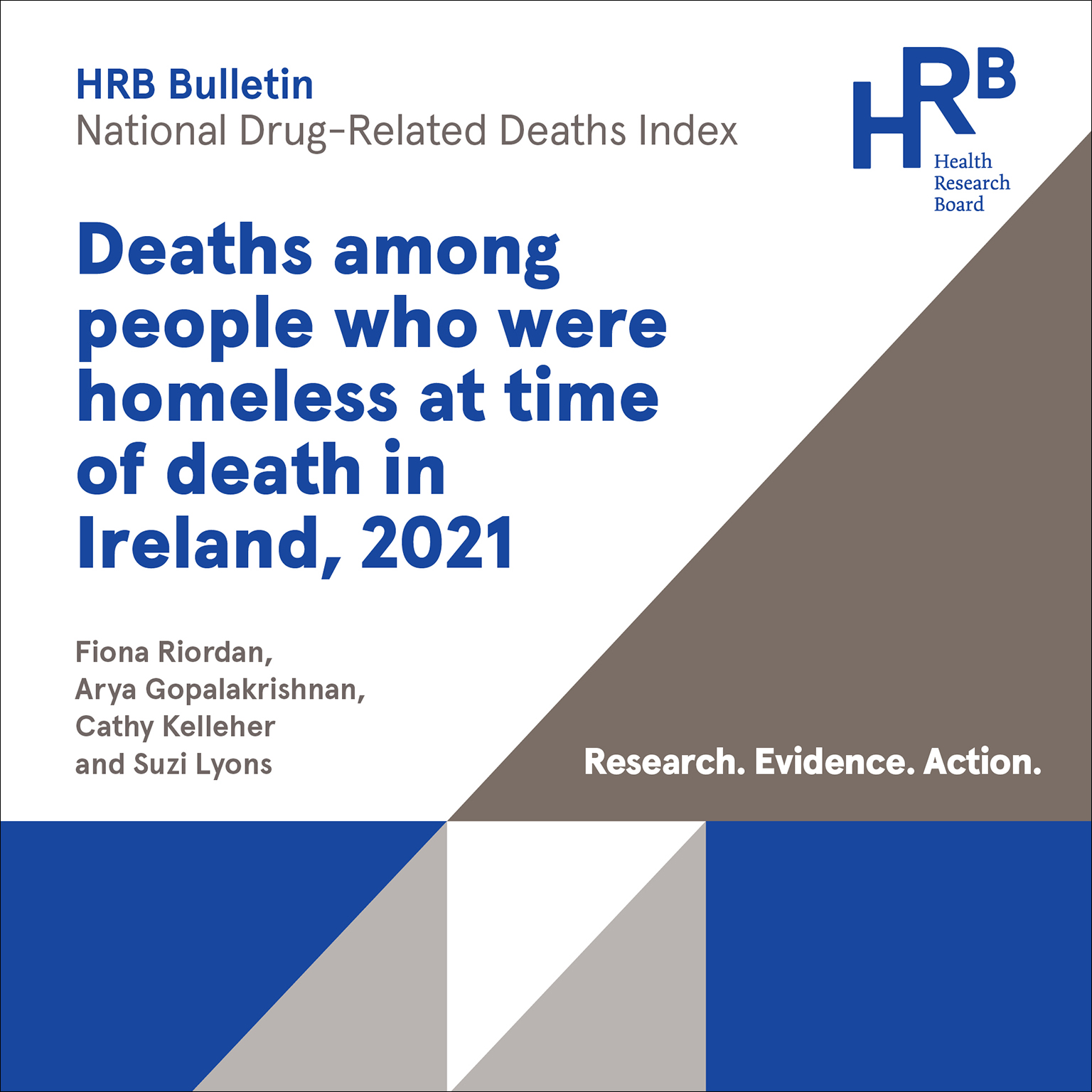
16 Apr 2025 - 3 min read
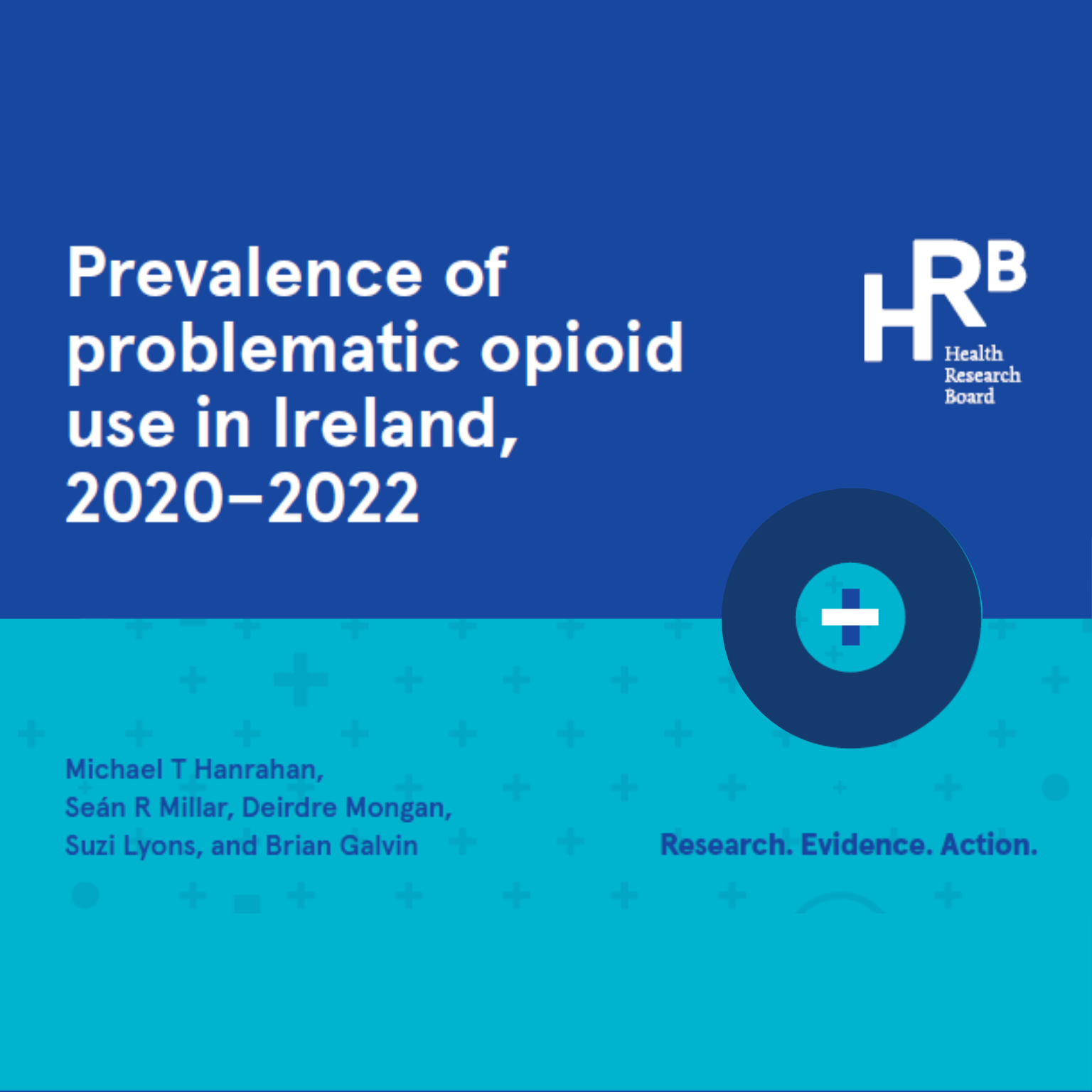
14 Feb 2025 - 4 min read

25 Sep 2024 - 5 min read
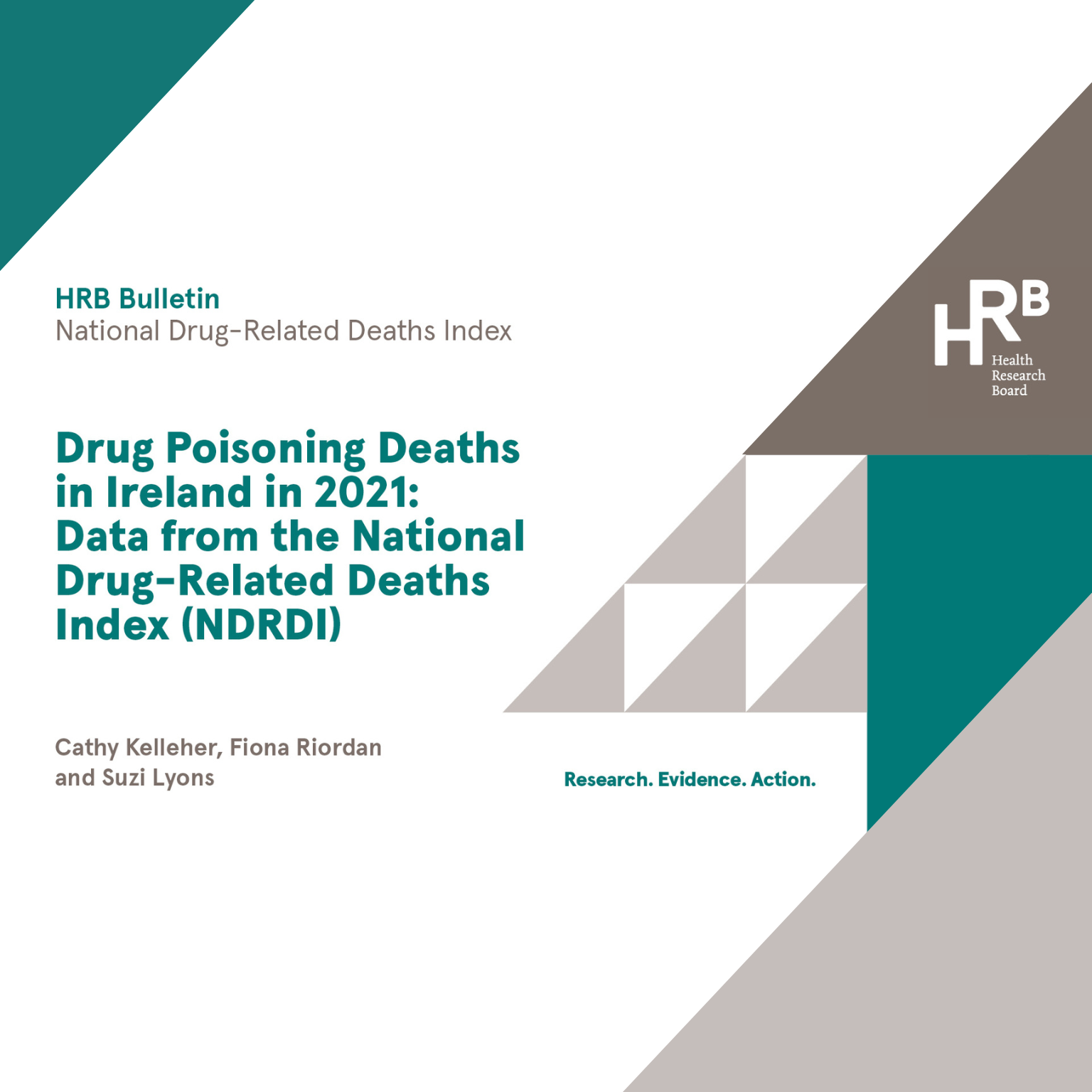
24 Jul 2024 - 6 min read
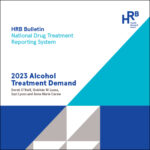
25 Jun 2024 - 5 min read
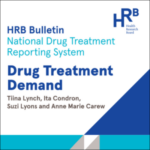
12 Jun 2024 - 4 min read
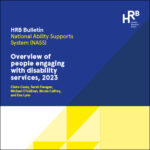
11 Jun 2024 - 11 min read
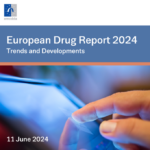
17 Apr 2024 - 4 min read
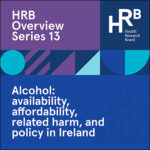
23 Jan 2024 - 3 min read

16 Jan 2024 - 5 min read
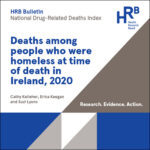
1 Aug 2023 - 5 min read
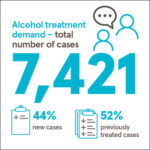
12 Jul 2023 - 5 min read
24 Jun 2023 - 4 min read
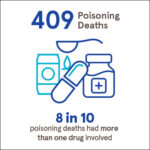
16 Jun 2023 - 10 min read
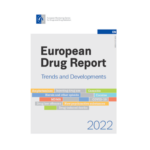
9 Feb 2023 - 11 min read

10 Nov 2022 - 3 min read

12 Oct 2022 - 3 min read
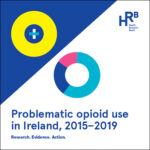
4 Oct 2022 - 5 min read

4 Aug 2022 - 7 min read
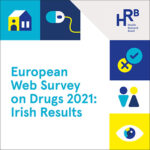
14 Jun 2022 - 10 min read

13 Jun 2022 - 5 min read
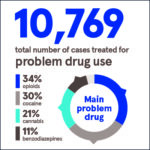
8 Jun 2022 - 5 min read
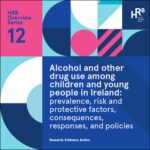
Displaying 1 - 25 of 86 results